
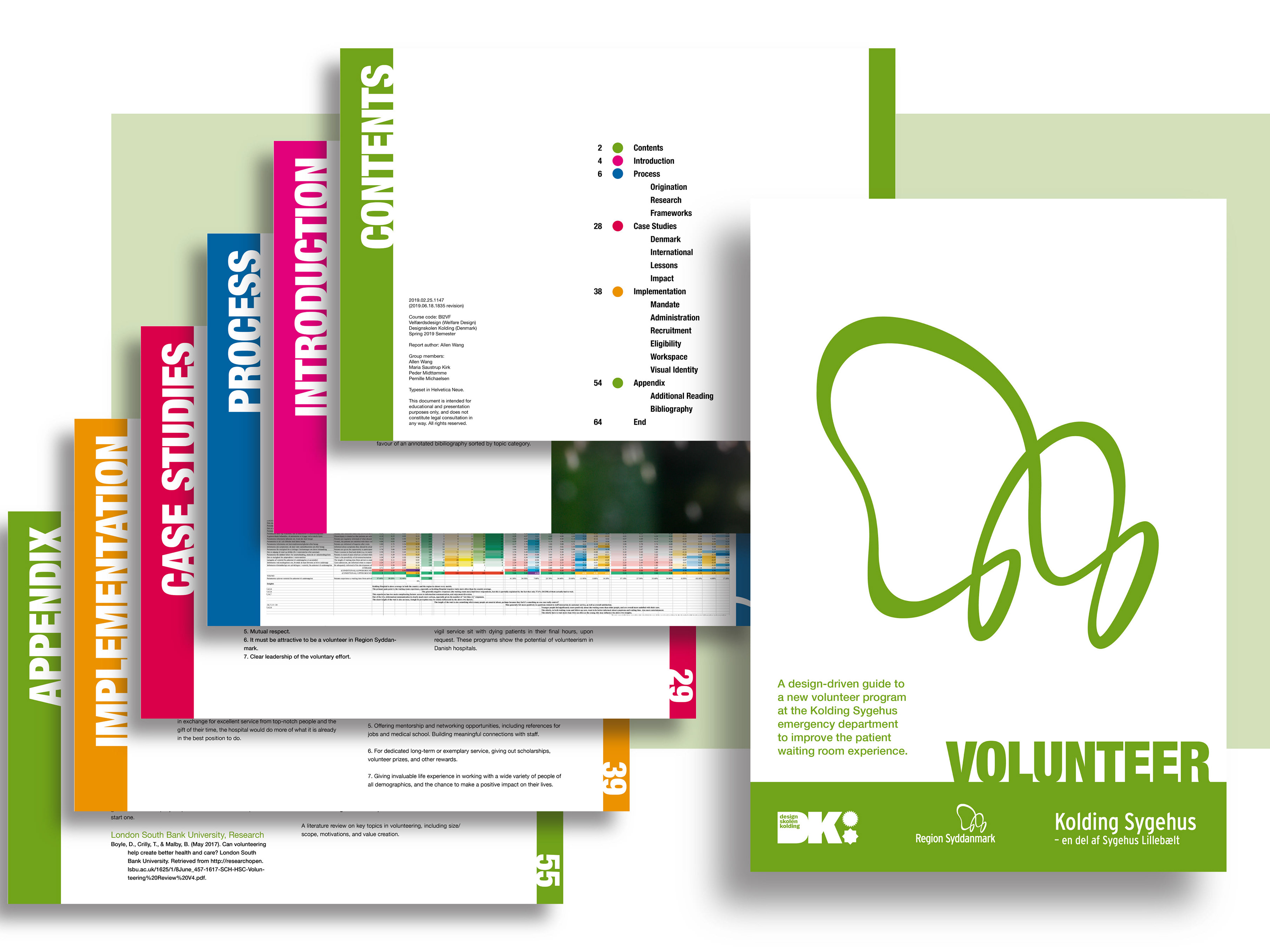
2019
service design: hospital waiting room
KOLDING SYGEHUS (DENMARK)
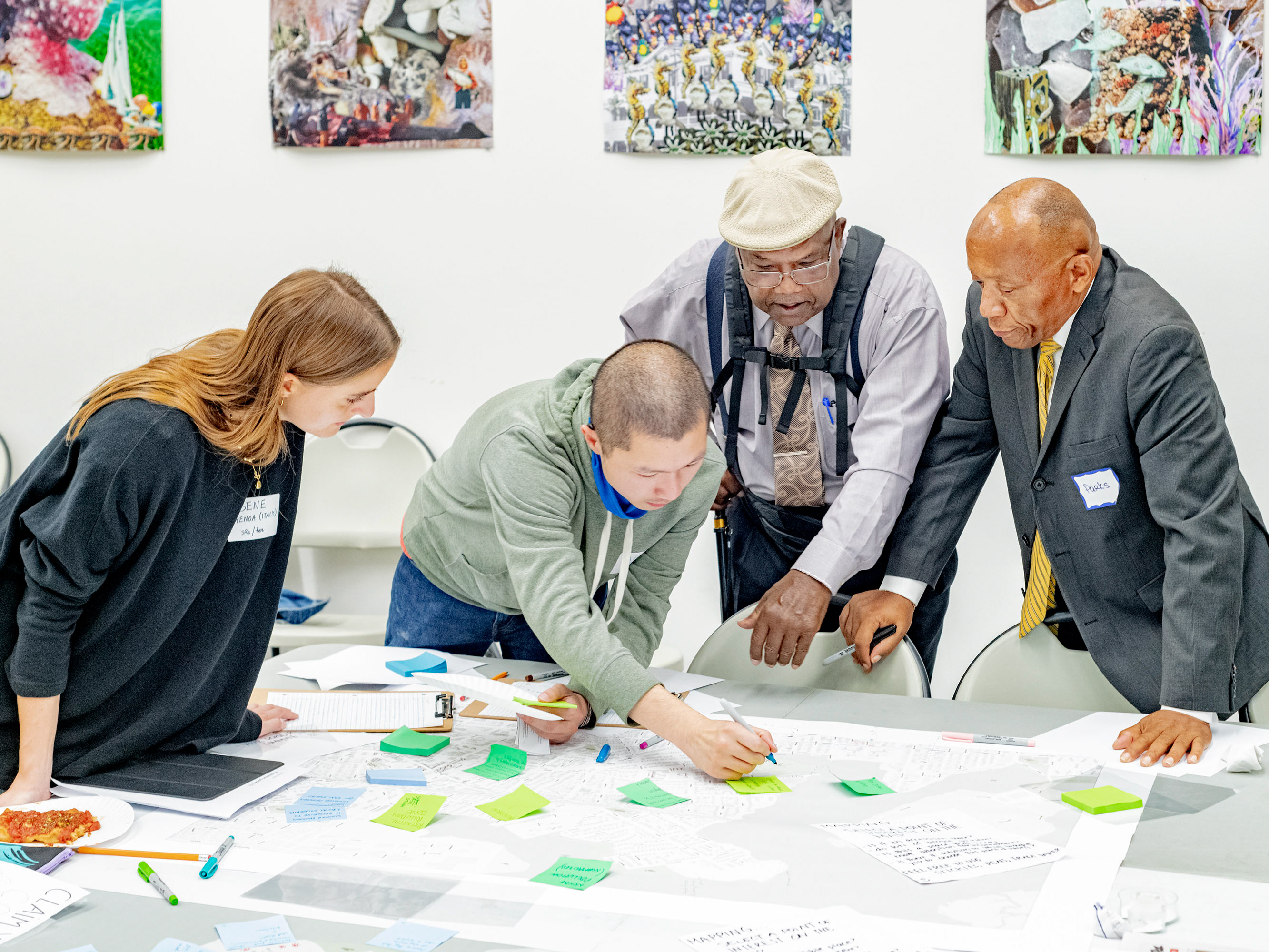
2024
public space proposal & spatial strategy
THE ROCKAWAY ARCHIPELAGO
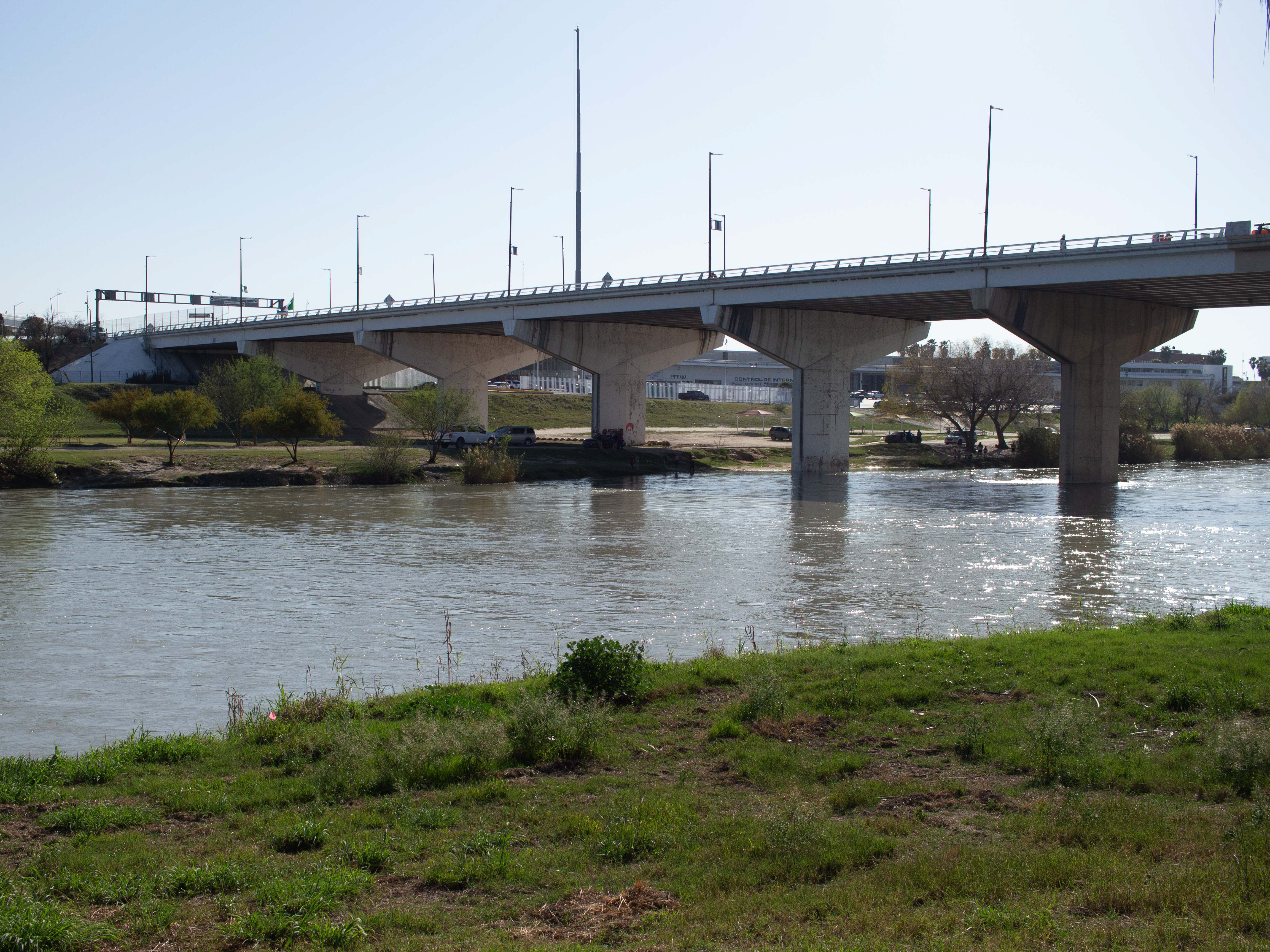
2024
community water & energy resource centers
THE LAREDO RESILIENCE PROJECT
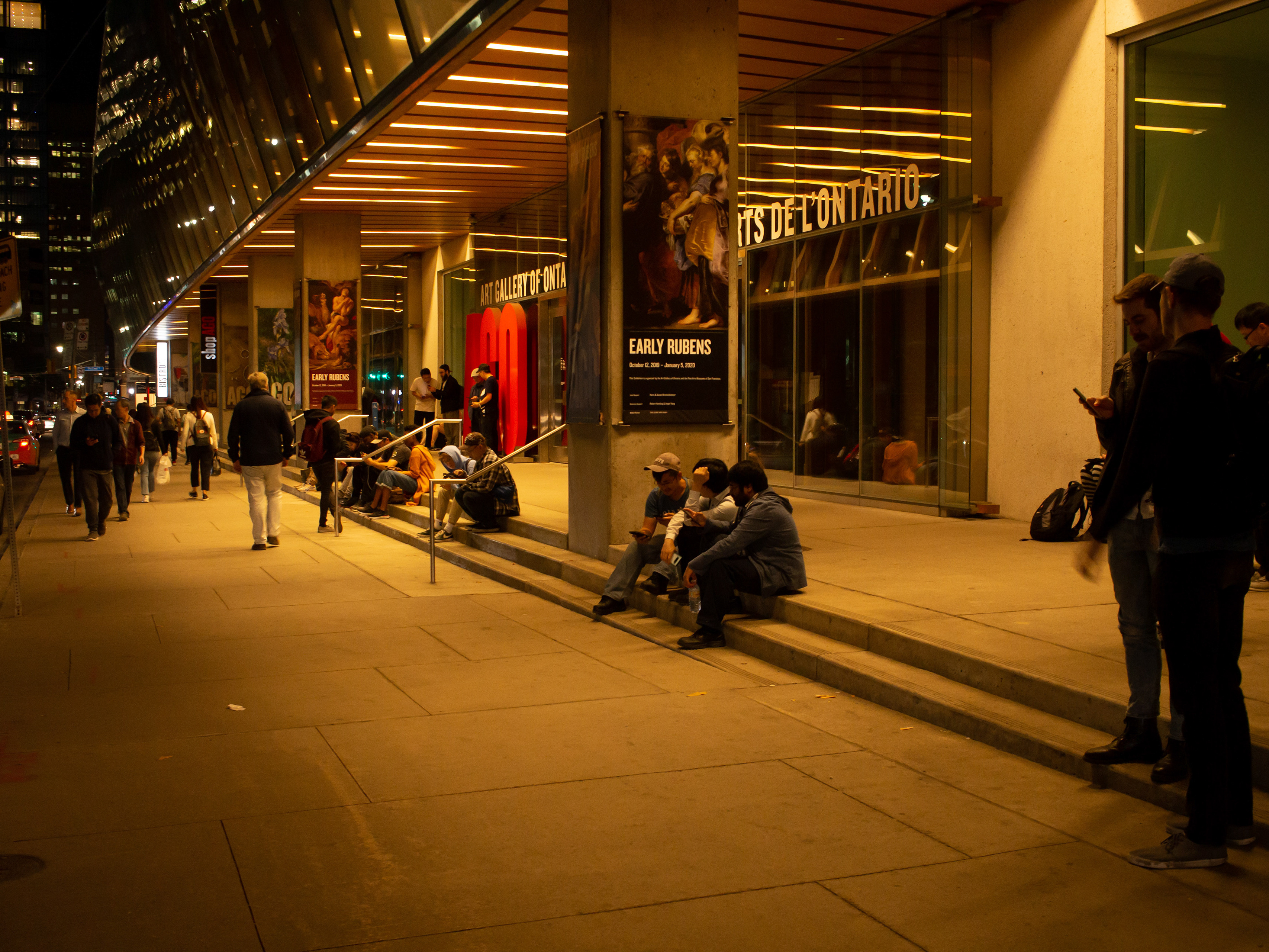
2019
qualitative user research: Pokémon Go
PERSPECTIVES ON POKÉMON GO

2021
mapping underserved communities
THE ACHIEVEMENT POTENTIAL REPORT
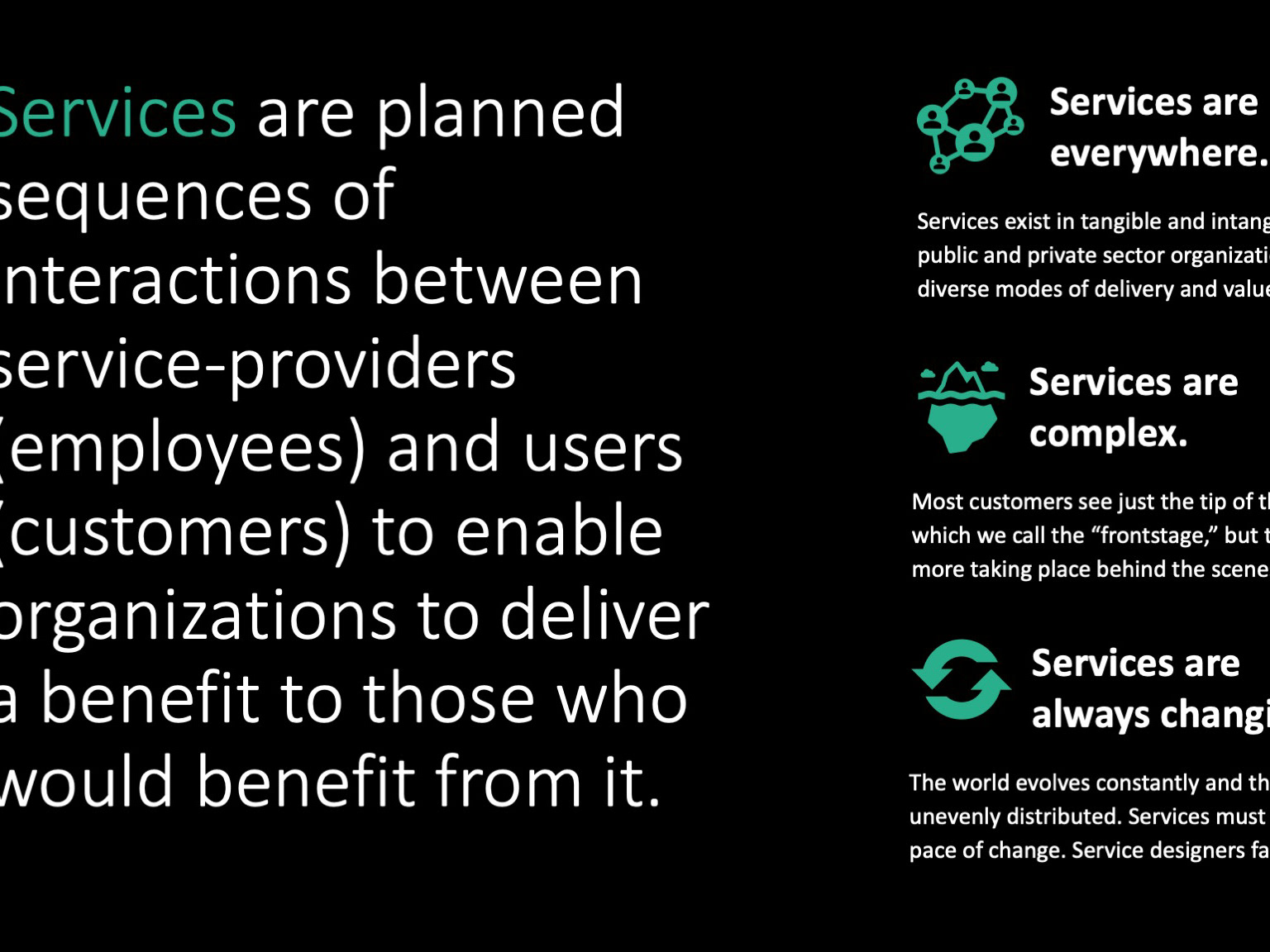
2024
teaching service design
SERVICE DESIGN 101 (HARVARD J-TERM)
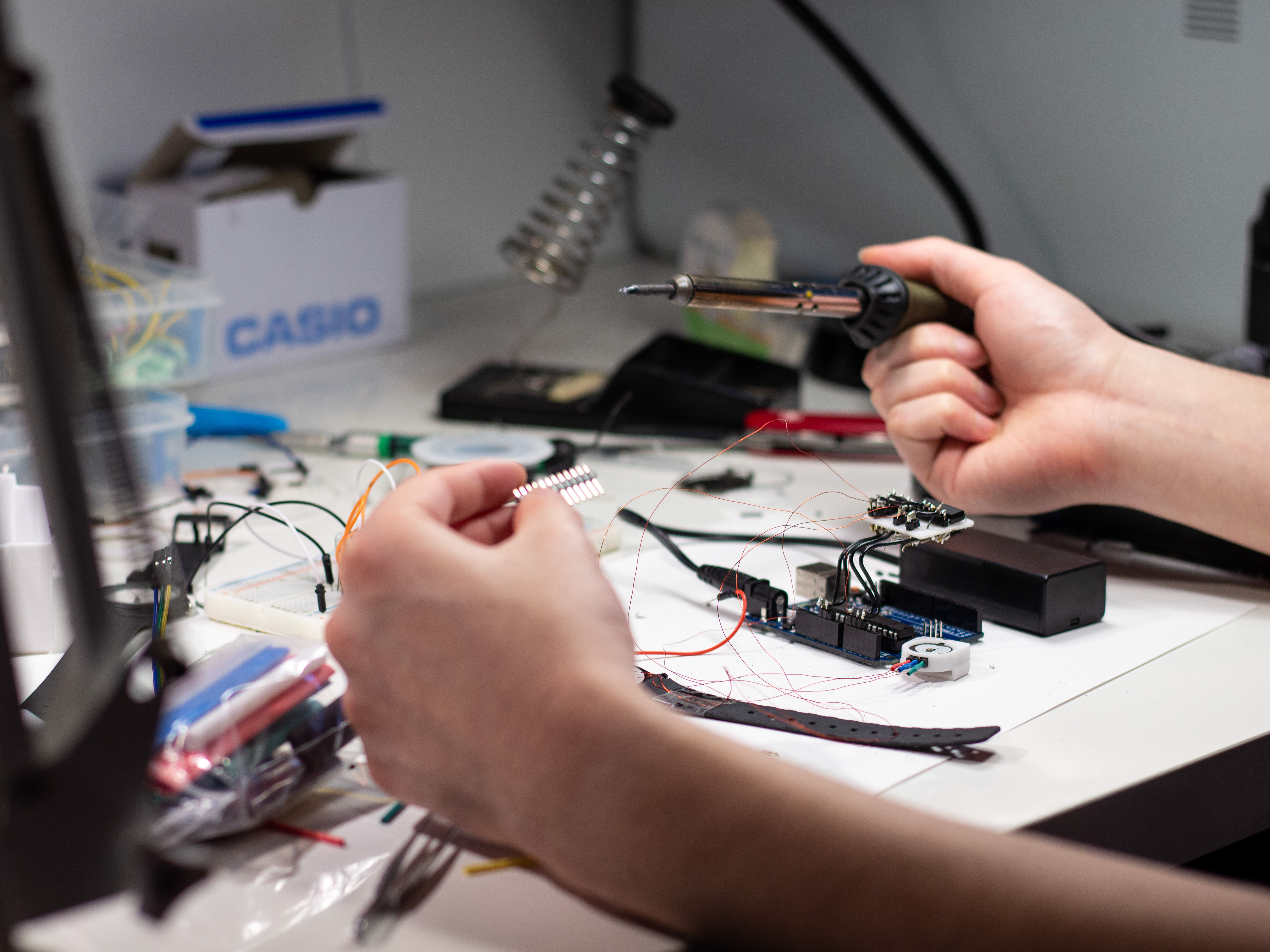
2020
speculative/critical design thesis
A CORPOREAL INSTRUMENTALITY PROJECT
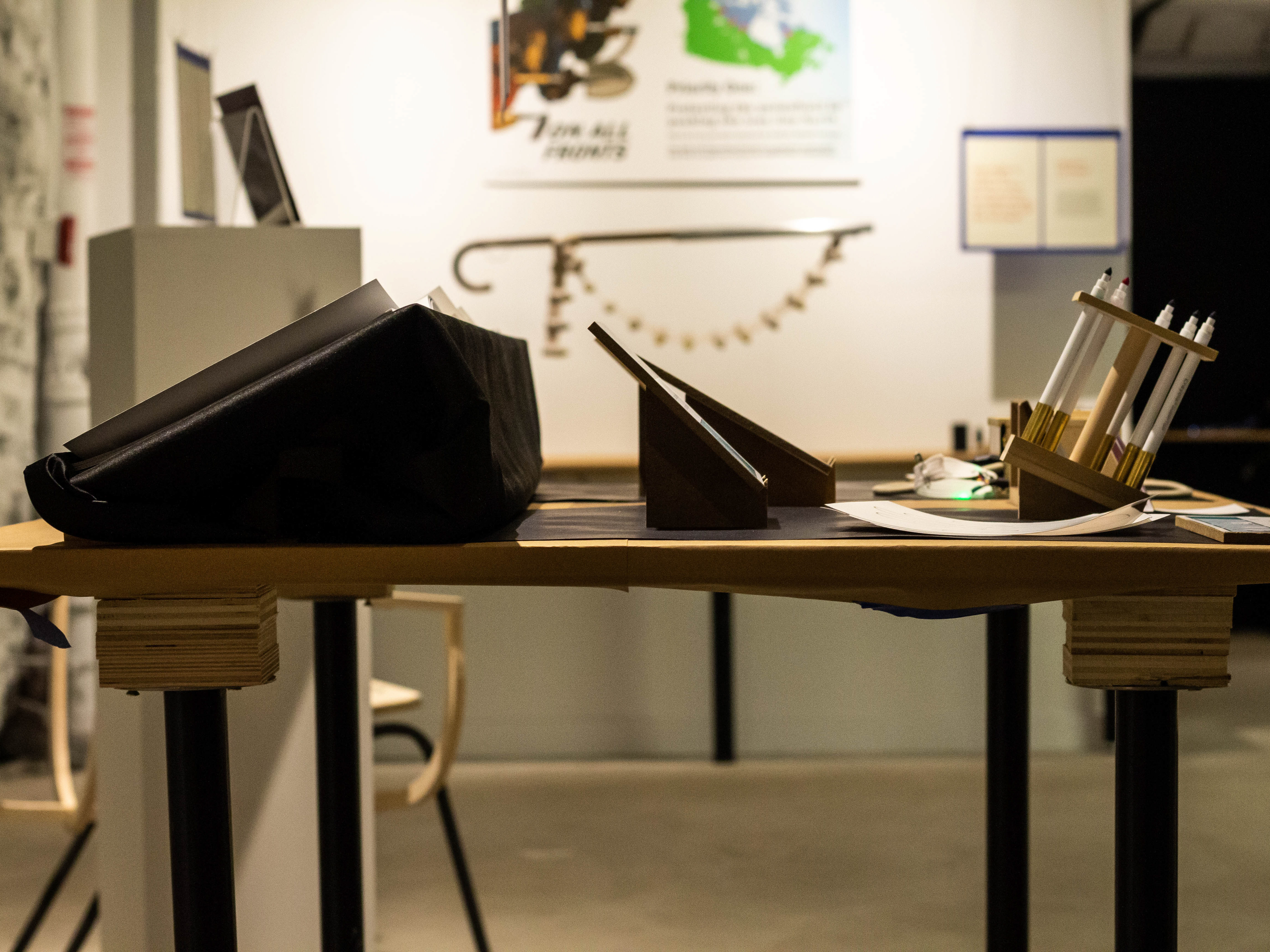
2020
exhibition design: off course (designTO)
CORPOREAL CARTOGRAPHY

2019
research activity: orienteering
WAYFINDING CHALLENGE

2019
workshop facilitation: signals
STONETURNER WORKSHOP

2020
iterations on file and format systems
ARCHIVISM
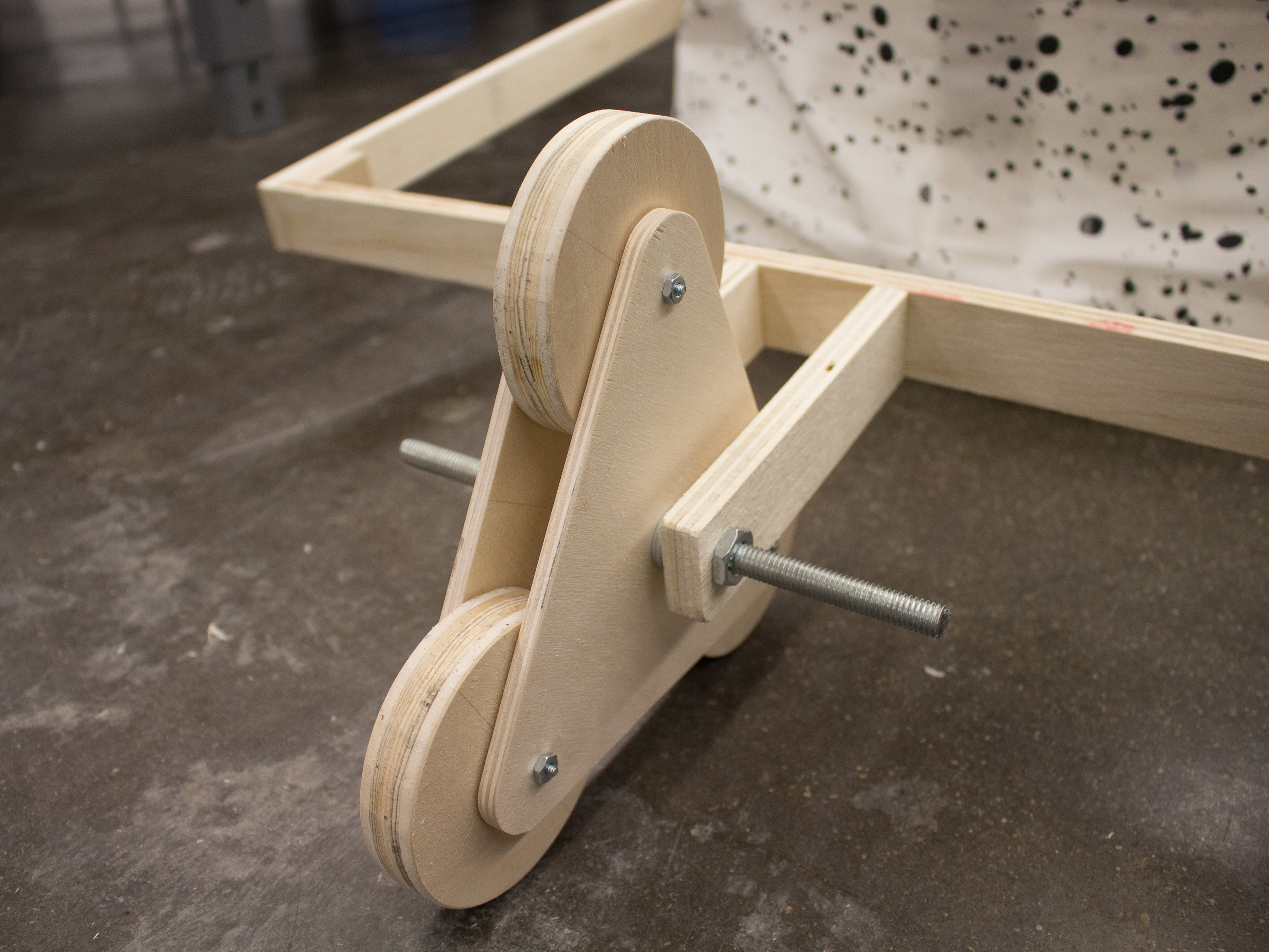
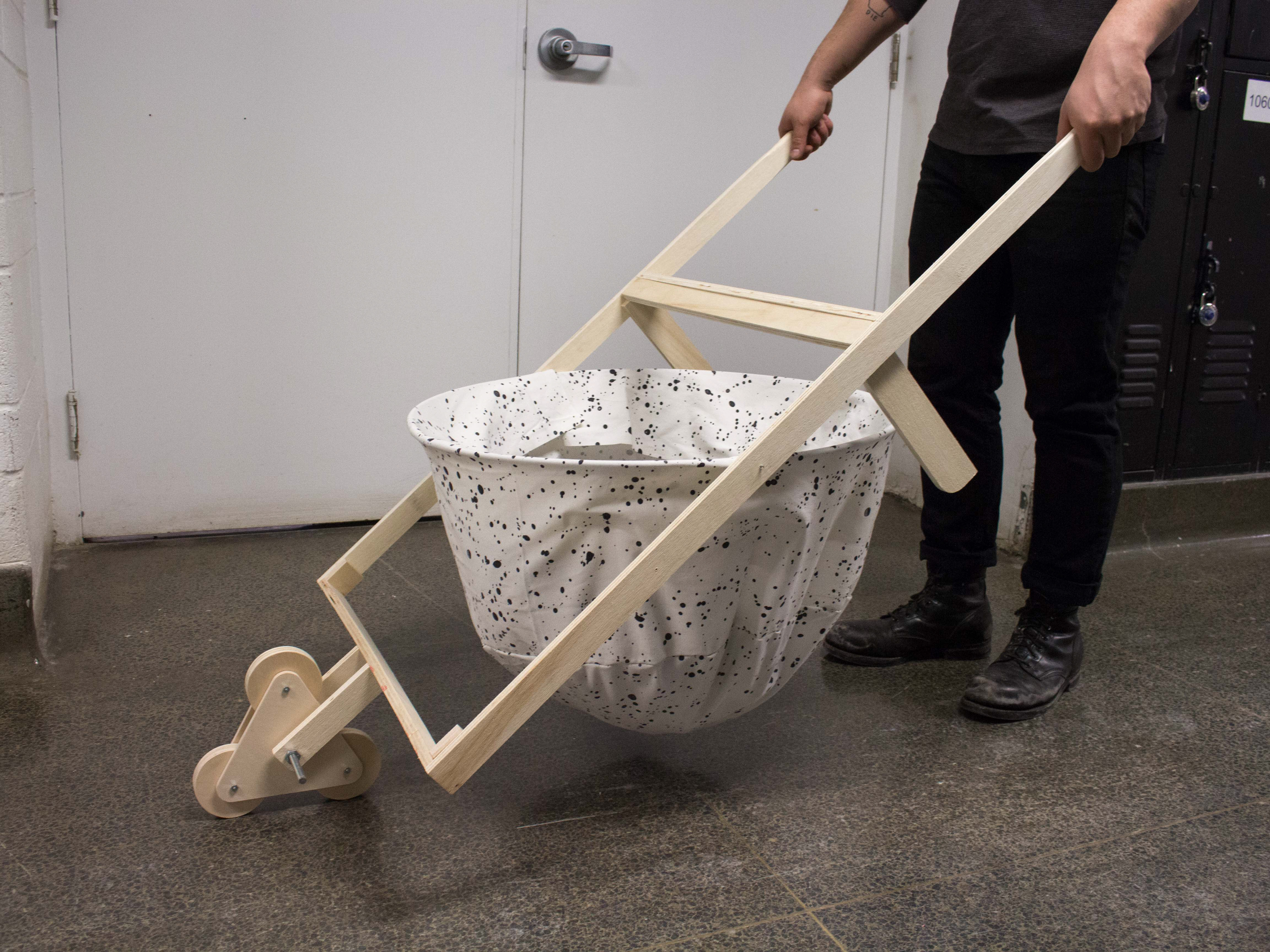
2017
product design: laundry hamper
STAIR-CLIMBER

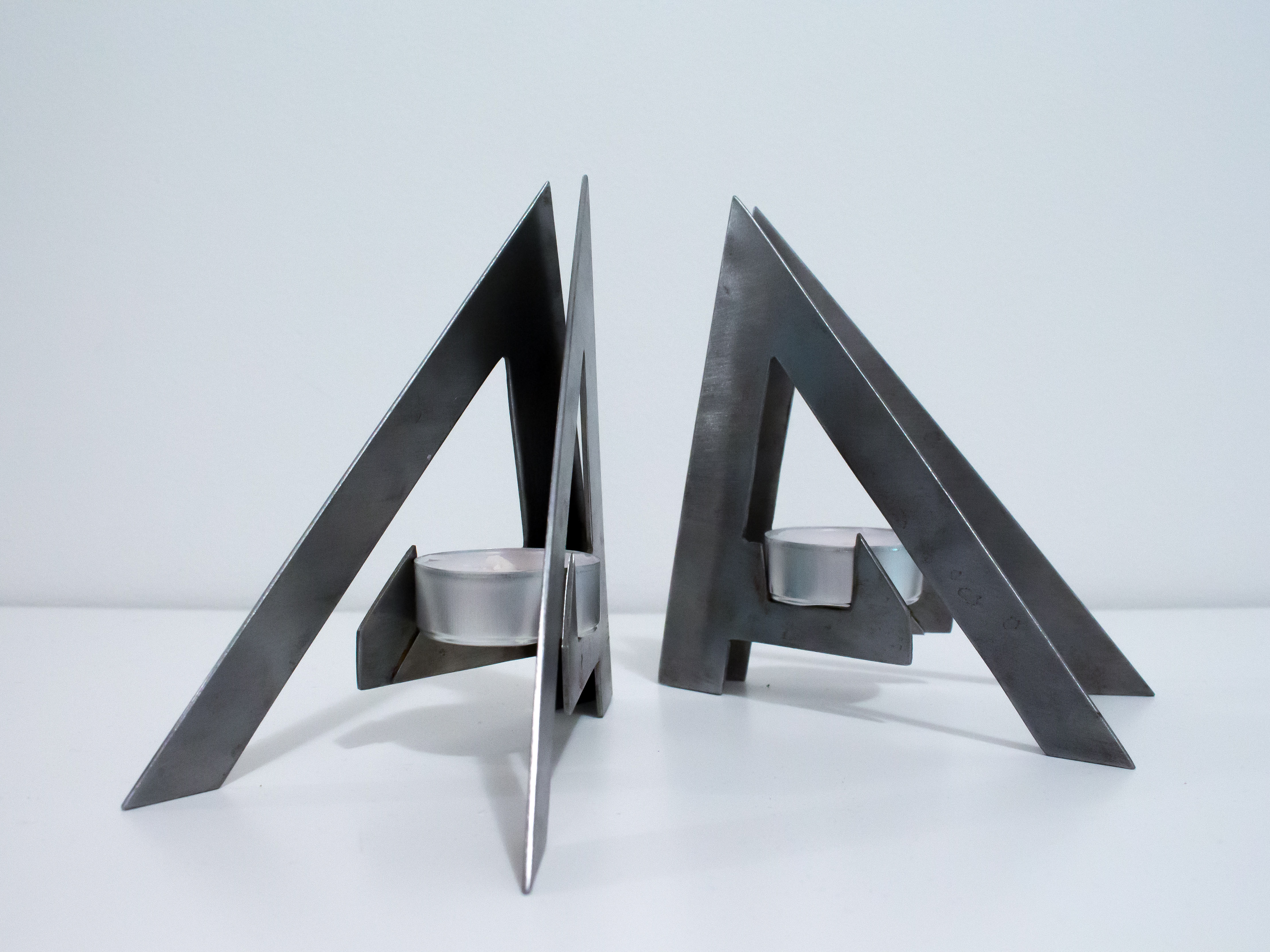
2017
design artifact: tealight holder
KORD